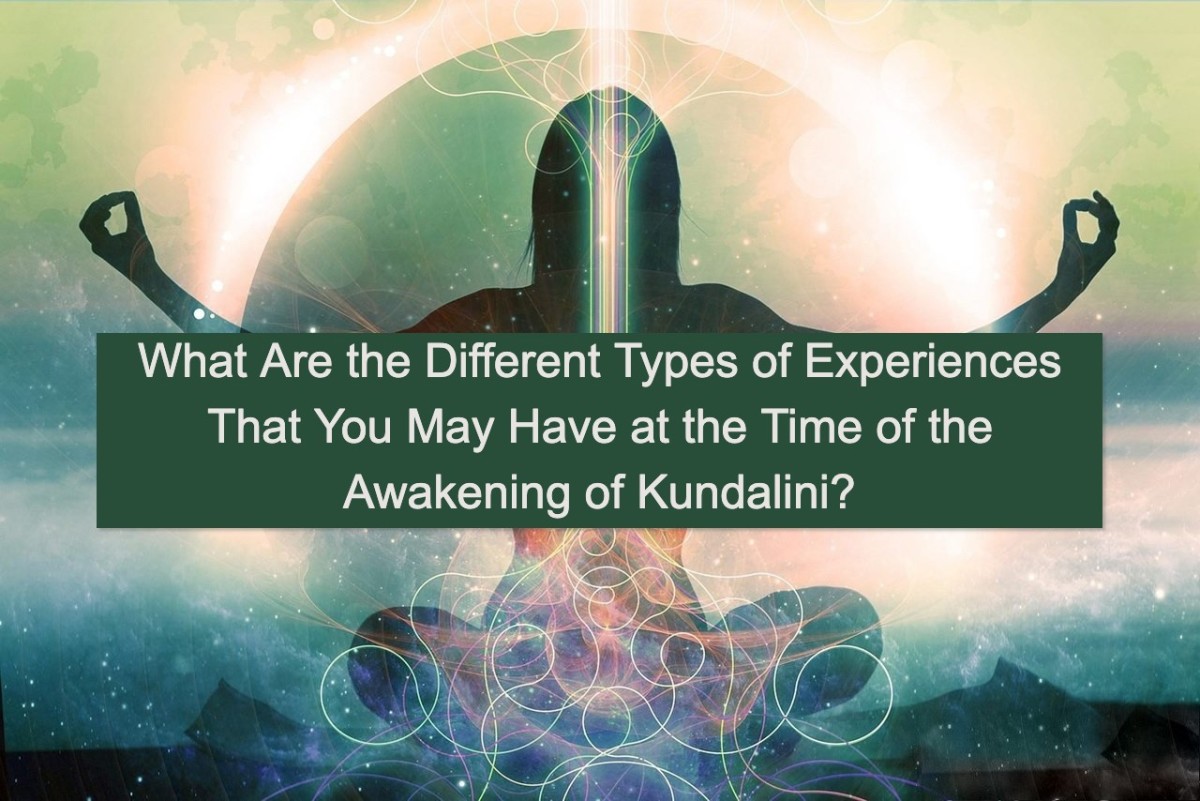Different types of Jewish Mysticism
Behind the Veil
In all religious traditions there is a mystical form of worship. The Sufis are a form of Muslim mystics, in Christianity there are monks that follow mystical traditions, and of course in Judaism there are mystics. The Jewish form of Mysticism is refered to as Kabbalah. The word Kabbalah in Hebrew means “received”. Kabbalah is a received tradition from the prophets of ancient times. During most of the history of the Jewish people, the kabbalist transmitted their mysticism from my master to one student. The student had to be an extremely educated individual in all of Talmudic Law (Religious Law of the Jewish Faith).
However, in recent times there is a huge desire for the spreading of Kabbalah. My people in the world desire a connection to the Almighty and they believe that they can achieve this by learning some mystical formula. It sounds like a dream. What religious individual would not want to connect the light in them which is really just a spark compared to the infinite light of HaShem, to the source of that spark.
Many times people watch movies that are filled with action and adventure, movies that deal with supernatural connections. The reason is because they are trying to connect their soul. The Almighty reaches down from Heaven and communicates with us through the words of the Bible. However, mysticism gives us a way to connect back in the opposite way. However, we should be cautious of mysticism. Not everyone can handle the spiritual connection, not everyone can understand the spiritual connection.
Before one can delve deep into the mysteries of mysticism, they need to be deeply grounded in the Bible. Mysticism is like the spirit and learning to follow the Almighty according to the laws in the Bible is the frame for the house and the religious law gives that frame everything else that it needs to be a house for the spirit. If the house is not properly prepared then the spirit will blow with the wind and not be contained within the house. It would not be able to dwell in the house. One might say so what?
In the ancient times, a tabernacle was constructed by Moshe (Moses) and this was to allow for a dwelling place of the Almighty amongst the nation of Israel. Later, under the wisest man, King Shlomo (Solomon) a temple was built in Jerusalem. In the temple was a room called the Holy of Holies, and in this room was placed the Holy Ark of the Covenant. The top of the Ark was called the Mercy sit of G-d. This is the place G-d chose to show himself to the children of Israel. No one was allowed to enter into this room. There was no door, and the entrance was covered by a 2 veils what overlapped each other. On the special day, Yom Kippur (the day of atonement), the High Priest would enter the room and burn incense. The room was completely filled with smoke from the incense and ashes from the sacrifice and at that moment the Almighty would come to the temple.
There are three types of Mysticism in Judaism.
The first type of Mysticism is referred to as Bereshit Mysticism. This form of mysticism is a theoretical type of Mysticism. It takes its name from the very first sentence in scripture. Genesis 1:1 says, “In the beginning of G-d creating the heavens and the earth”, the word Bereshit in Hebrew means “In the beginning”. The story of Creation speaks of how the Almighty created everything in this world by speaking. It is believed in Judaism all of creation continues to exist because of G-d’s continual speech. This type of mysticism focuses on trying to understand how creation took place, how G-d continues to create and how there is power in words.
The second type of mysticism is referred to as Merkavah Mysticism. This form of mysticism is a practical type of mysticism. This Kabbalah is not to be confused with the Kabbalah that seems to be pushed out of Hollywood. The popular Kabbalah is all about power and not about connecting to the Almighty because of love and desire to draw near to Master of the Universe, the Creator, the Father of all living things.
It is advised that a person does not try to practice Kabbalah until they are learned in scripture and the world would consider them righteous. Without this deep level of disciple, and spiritual growth, the practitioner would not be able to understand what is spiritually going on. One should focus on perfecting their prayer life and fulfilling the commands that G-d gave to us in the five books of Moshe (Moses).
Merkavah in Hebrew means chariot. This form of mysticism takes its name from the experience of Yechezkiel (Ezekiel) in the book of Ezekiel 1:1. Yechezkiel was at a river in Babylon and the heavens opened up and he sees the chariot of G-d. This is the beginning of his mission as is recorded in Ezekiel. This form of mysticism is more exotic, and practical.
The third type of mysticism is meditation. This is where the great Torah and Talmud scholars focus on the various names of G-d. It is said that there are 72 names of G-d. For the most part, the scripture speaks of two names of G-d. One is the unpronounced name of G-d that is only four letters, that are transliterated as Y-H-V-H, however we are not allowed to pronounce this because it is reserved for the High Priest once a year on Yom Kippur when he enters the Holy of Holies that is filled with smoke from incense. Please do not go around trying to pronounce this word. Instead, we refer to this word by saying HaShem (which means the Name). This name is associated with the divine mercy of G-d. The other name is Elohim, which is associated with the divine judgment of the Almighty. Please do not go around pronouncing this unless you want the judgment of the Almighty at your door. This form of mysticism focuses on the four letter name.
In closing words, there are three types of mysticism in Judaism, the Bereshit Mysticism, the Merkavah Mysticism, and Meditative Mysiticism, and all are forms of a religious heritage that was passed down from generation to generation, by the most scholastic and pious individuals of the faith. One should not pursue until they have prepared themselves through several years of prayer and observance of HaShem’s Torah.










